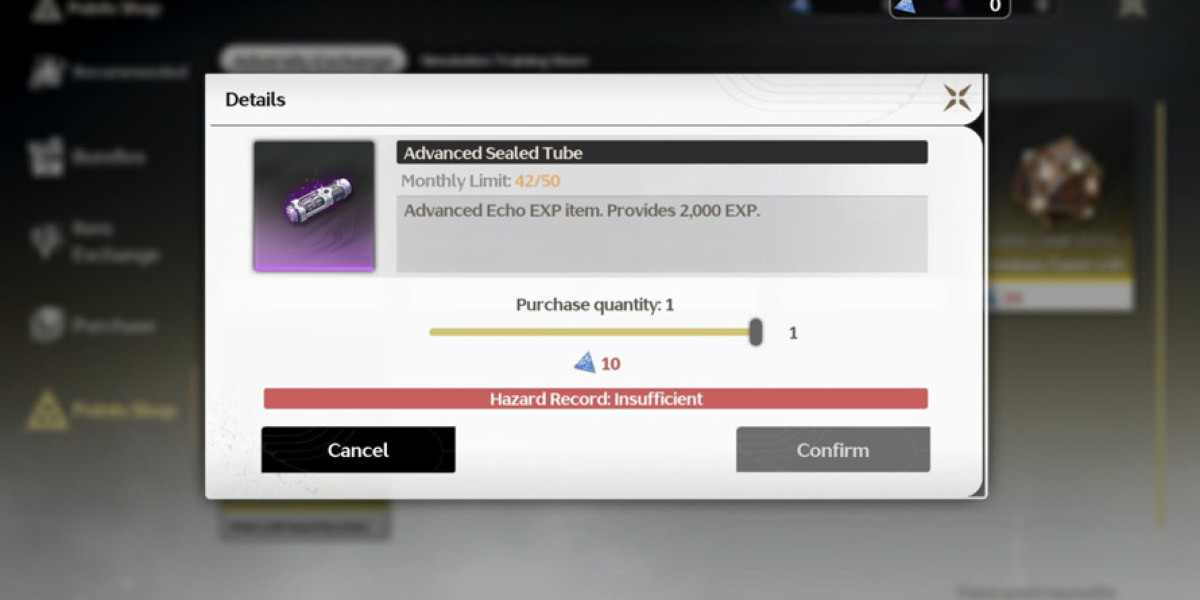Ethylene Glycol Monobutyl Ether, commonly abbreviated as EGBE or 2-butoxyethanol, is a widely used glycol ether solvent known for its excellent balance between hydrophilic and lipophilic properties. This clear, colorless liquid is a vital component in numerous industrial and household products, thanks to its strong solvency, low volatility, and compatibility with water and organic compounds. EGBE is especially favored in formulations that require effective cleaning, degreasing, and dispersing capabilities. As a result, it is a key ingredient in surface cleaners, degreasers, latex paints, inks, varnishes, and herbicides.
One of the most significant advantages of Ethylene Glycol Monobutyl Ether is its ability to dissolve both water-soluble and oil-soluble substances, making it exceptionally versatile. In the cleaning and janitorial industry, it is often found in all-purpose cleaners, window sprays, and floor polishes. EGBE works by breaking down grease, dirt, and oil with minimal residue, and its moderate evaporation rate allows sufficient working time for cleaning tasks before drying. It also plays a crucial role in the paint and coatings industry, where it enhances flow and leveling while preventing issues like streaking and blotching.
Beyond cleaning and coatings, EGBE serves as an effective coalescing agent in water-based coatings, helping pigments and binders fuse into a uniform film. It is also employed in hydraulic fluids, textile processing, and chemical synthesis as a coupling agent and intermediate. While it offers many functional benefits, EGBE must be handled with care. Prolonged or excessive exposure can pose health concerns, which is why regulatory guidelines on occupational exposure are strictly enforced. Proper ventilation, protective equipment, and controlled use are recommended in industrial settings.
From an environmental standpoint, Ethylene Glycol Monobutyl Ether is biodegradable and has a relatively short atmospheric half-life. However, its usage is still closely monitored to ensure it does not contribute to long-term ecological or health problems. In response, manufacturers are exploring greener alternatives and formulations that minimize its concentration while preserving its functional benefits.








